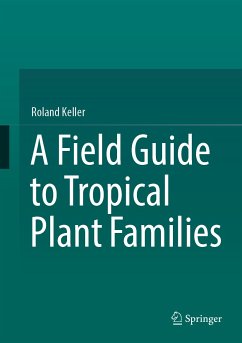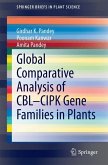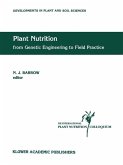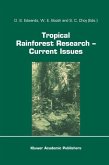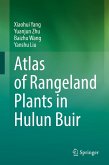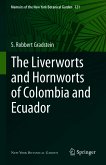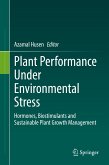Unlike most such guides or keys, this book can be used anywhere in the tropics and provides, in a straightforward two or three-step process, identification to the level of families, which are now circumscribed according to molecular as well as morphological characters in the universally accepted scheme of the Angiosperm Phylogeny Group.
Plant architecture is not a prerequisitetheme for plant identification; however, we think that an introduction to this subject is not out of place in this book (architectural traits are taxonomically sound): it is now time for botanists working in the tropics to have an idea on how the whole organism keeps growing.
Within the family accounts, there is information concerning important economic plants with notes on the larger genera and, particularly helpfully, discussion of families readily confused and how to separate them. Descriptions of the families rely on short diagnosis bolstered by many photographic pictures, lines drawings and extracts from the author's field books, all showing features of plants as they are found in the forest.
Dieser Download kann aus rechtlichen Gründen nur mit Rechnungsadresse in A, B, BG, CY, CZ, D, DK, EW, E, FIN, F, GR, HR, H, IRL, I, LT, L, LR, M, NL, PL, P, R, S, SLO, SK ausgeliefert werden.
Hinweis: Dieser Artikel kann nur an eine deutsche Lieferadresse ausgeliefert werden.

